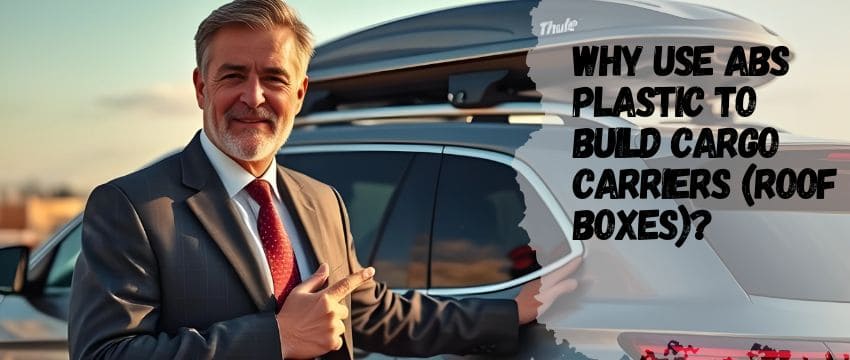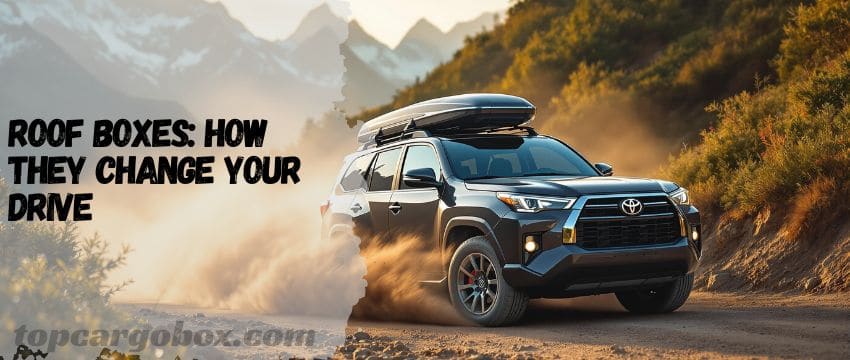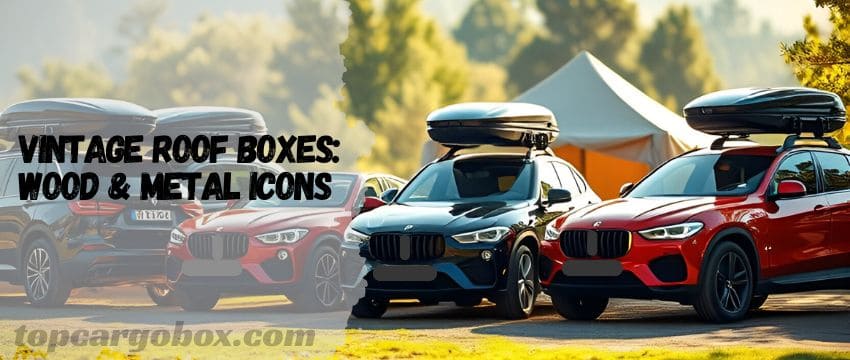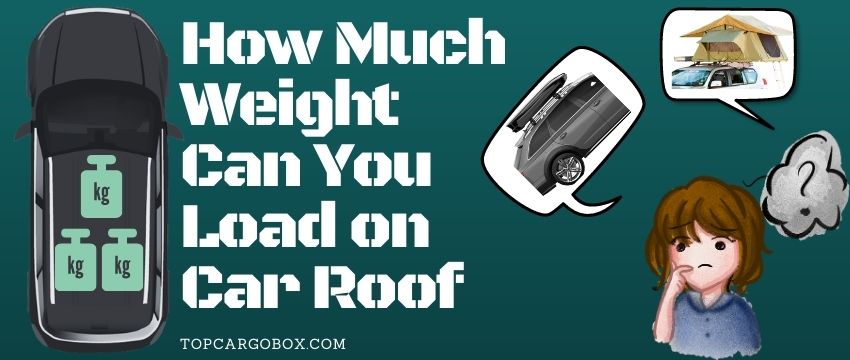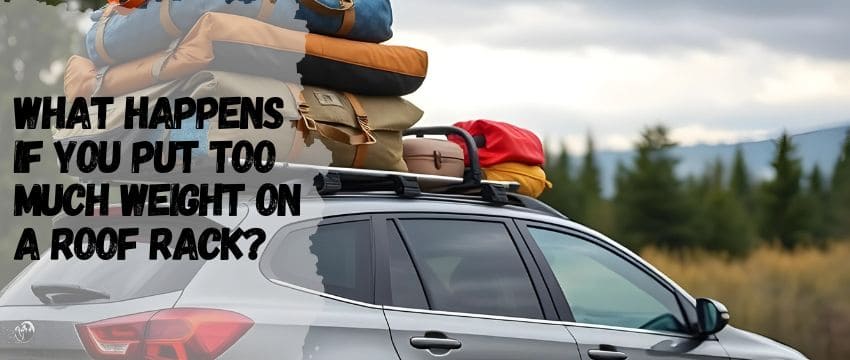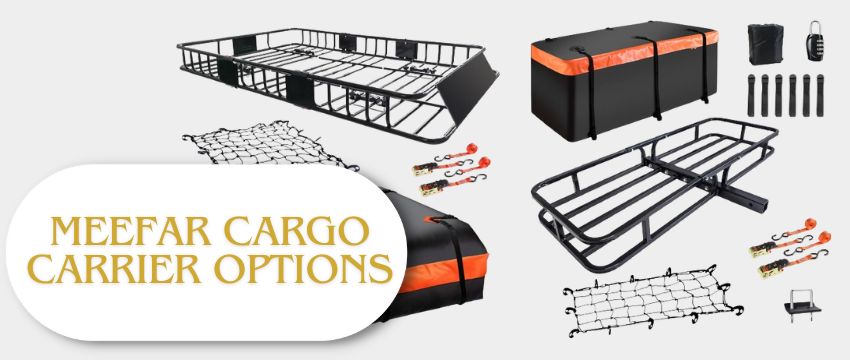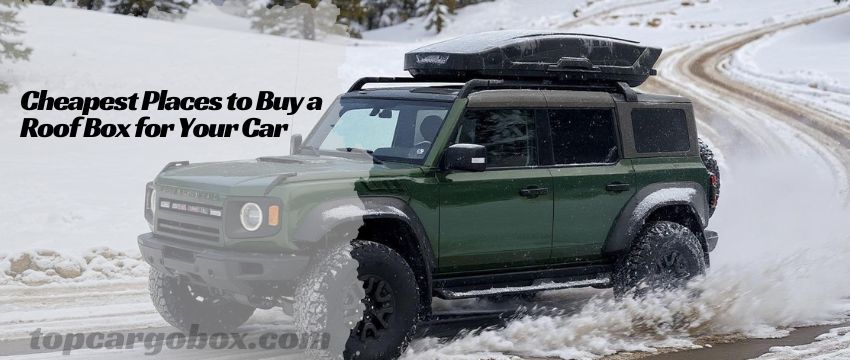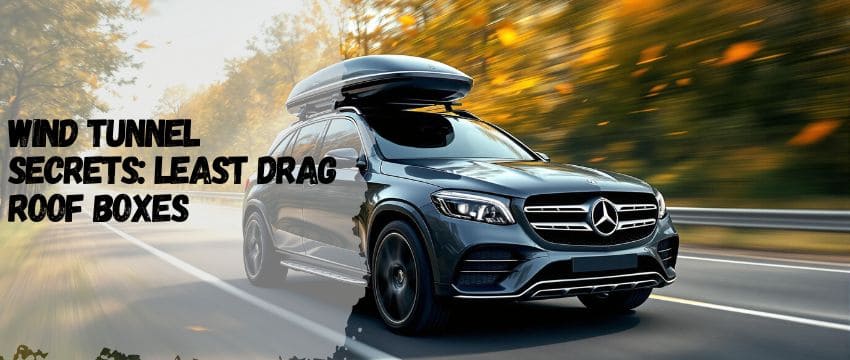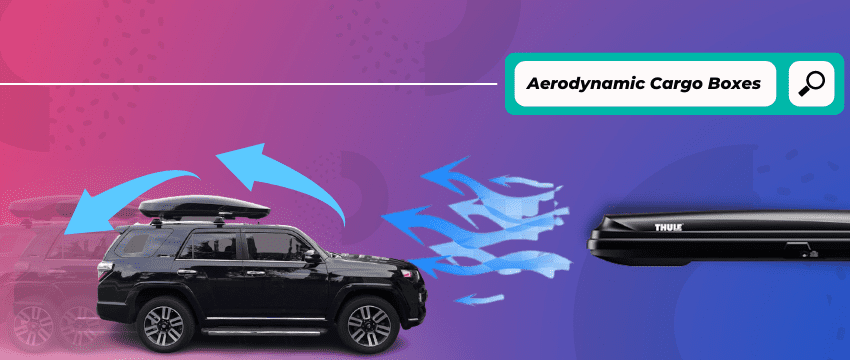Hey road warriors and storage strugglers!
Ever tried cramming all your gear into the car for a trip and thought, “Why’s this feel like a game of Tetris gone wrong?” If you’re nodding (or side-eyeing your overflowing trunk), let’s talk hardshell rooftop cargo carriers—and why ABS plastic is the unsung hero you’ve been sleeping on.
ABS Plastic? Yeah, It’s a Big Deal
Okay, let’s cut the jargon. ABS stands for Acrylonitrile Butadiene Styrene. Sounds like a mouthful, right? But here’s the scoop: This stuff is the secret sauce making rooftop carriers tough, light, and basically indestructible. Think of it like the superhero of plastics—flexible enough to take a hit, but stubborn enough to keep its shape.
Why Should You Care?
Picture this: You’re halfway through a cross-country drive, and your carrier’s getting pummeled by rogue rocks, UV rays, and that one overpass you swear you cleared. Metals dent. Fiberglass cracks. But ABS? Nah. Lab tests show it can handle a 10-pound weight dropped from 3 feet without flinching. For real. It’s like that friend who never cracks under pressure—even when you’re cramming in that last duffel bag.
Old-School Materials? Hard Pass
Steel rusts. Aluminum oxidizes. ABS? It laughs at rain, snow, and desert heat. It survives temps from -20°F to 176°F (that’s -29°C to 80°C for my metric fans) without warping or fading. Plus, brands sneak in UV blockers during production, slashing sun damage by 70%. Translation: Your carrier won’t look like a faded relic after one summer. No big deal.
Bottom Line
If you’re hauling gear for adventures, road trips, or just surviving family vacations, ABS plastic carriers are the smart move. They’re lighter (so you save gas money), tougher (so you skip the stress), and basically guilt-free (no rust, no regrets).
Still lugging around that clunky metal box? How’s that working for ya? 😏 Time to upgrade, maybe?
Unmatched Durability: Built to Withstand the Elements
Alright, let’s break this down—no lab coats required.
Ever accidentally dropped a heavy bag on your rooftop carrier while loading up? Yeah, we’ve all been there. Here’s the cool part: ABS plastic’s got this science-y trio of acrylonitrile, butadiene, and styrene (try saying that three times fast) that makes it tougher than your old high school backpack. Metals dent like a soda can. Fiberglass? It’s that friend who cracks under pressure. But ABS? It’s like a shock-absorbing ninja—takes the hit and keeps its cool. Lab tests prove it can handle a 10-pound weight dropped from 3 feet (that’s 15 joules of force, if you’re into nerdy stats). For real. Road debris? Loading mishaps? ABS doesn’t sweat it.
But wait—what about Mother Nature’s mood swings?
Your rooftop carrier’s basically a punching bag for UV rays, blizzards, and beach humidity. ABS plastic? No big deal. It’s chill in temps from -20°F to 176°F (-29°C to 80°C—because Celsius folks deserve love too). Aluminum gets all crusty with oxidation. Steel? Rust city. ABS? It stays looking fresh for years, like it’s secretly using anti-aging cream. Oh, and brands sneak UV blockers into the mix during production, cutting sun damage by 70%. Translation: Your carrier won’t fade into a sad, washed-out version of itself after one summer. Legit.
Why’s this matter for YOU?
Imagine driving cross-country with a warped carrier because it couldn’t handle the heat. Sucks, right? Or worse—your gear gets soaked because the material cracked in freezing temps. ABS skips that drama. It’s built to survive mountain winters, desert highways, and even that coastal humidity that ruins everything else.
Still using that old-school metal box? How’s that working out? 😉 ABS’s durability isn’t just hype—it’s your ticket to stress-free adventures. Mic drop.
Lightweight Efficiency: Fuel Savings Without Sacrificing Strength
Hey road-trip rebels!
Ever feel like your car’s guzzling gas faster than you can say “Are we there yet?” Here’s the tea: Weight matters. The U.S. Department of Energy found that adding 100 pounds to your ride slashes fuel efficiency by 1-2%. Ouch. But here’s the fix: ABS plastic rooftop carriers weigh 40-50% less than those clunky steel ones. Let’s math: A typical 12-cubic-foot ABS carrier clocks in at 25-35 pounds (think: a medium-sized dog), while steel versions can hit 45-60 pounds (aka a cranky toddler). For folks who hit the road often, that lightweight design saves you $50-$150 a year on gas. For real? Yep. More cash for snacks, less for Exxon.
“But wait—isn’t lighter weaker?” Nice try, skeptics.
ABS plastic’s got muscles. Its strength ranges from 4,600 to 7,000 psi—basically, it can handle 150-200 pounds of gear without breaking a sweat. Camping tents, skis, your entire suitcase collection? No big deal. It’s like aluminum’s tough cousin but without the weight penalty. And here’s the kicker: If your SUV or sedan has a roof weight limit (most do), ABS keeps you safely under it. No grunt work, no stress.
So… what’s the catch?
There isn’t one. You get a carrier that’s light enough to save gas money (cha-ching!) but strong enough to haul your life’s worth of gear. No warping, no cracking, no “Oops, I overloaded it” panic.
Still lugging around that heavy steel box? How’s that working for your wallet—and your roof rack? 😉 Time to upgrade, maybe? Your gas tank (and your back) will thank you.

Weather Resistance: Defying Rain, Snow, and Sun
Hey adventure junkies!
Ever packed your gear perfectly… only to unload a soggy mess after a surprise rainstorm? Total vibe killer, right? Let’s talk waterproofing—because ABS plastic carriers are basically the Gandalf of rooftop storage (“YOU SHALL NOT PASS… water”).
Waterproof? Legit. Not Just Hype
Plywood cracks. Fabric leaks. ABS plastic? Nah. Its smooth, non-porous build laughs at puddles, and when paired with laser-sealed seams or rubber gaskets, it’s 100% waterproof. Independent tests threw 8-hour simulated monsoons at these babies, and guess what? Your camping gear stays drier than your sarcastic aunt’s humor. Blizzards, downpours, that one coastal drive where it’s always misting? ABS doesn’t care.
But Wait—What About Wild Temp Swings?
Picture this: It’s -10°F outside, and your carrier’s flexing like it’s doing yoga. ABS stays bendy in freezing temps, unlike cheaper plastics that turn brittle and snap (looking at you, polypropylene). Then summer hits, and your rooftop’s baking at 185°F (that’s 85°C for my Celsius crew). ABS won’t warp or sag, while polyethylene? It starts melting like a popsicle at 140°F (60°C). For real? Yep. Your carrier’s basically a thermostat ninja.
Why Should You Care?
Imagine your ski trip ruined because your gear got soaked. Sucks. Or your carrier warping in the sun, leaving your luggage lopsided. ABS skips the drama. It’s built for real weather—not just “partly cloudy with a chance of light rain.”
Still using that fabric carrier that leaks like a sieve? How’s that working for your “waterproof” camping gear? 😏 Time to upgrade, maybe? Your dry socks (and sanity) will thank you. 🌧️➡️☀️
Cost-Effectiveness: Affordable Quality for Mass Production
Hey savvy road-trippers!
Ever feel like rooftop carriers cost way too much? Same. Let’s talk about why ABS plastic is your wallet’s BFF.
ABS: Cheap(er) Doesn’t Mean Cheap Quality
Here’s the scoop: ABS carriers are mass-produced using injection molding (think: giant Lego factories). One mold can crank out 10,000+ units before retiring—cutting costs by 30-40% compared to hand-welded aluminum. For real. That’s why you’ll find slick ABS models priced at $300-$600, while aluminum ones often start at $800+. How’s that for smart shopping?
No Fancy Fixes Needed
Aluminum? Gotta paint it. Steel? Gotta rust-proof it. ABS? Nope. It’s born shiny and colorfast, skipping 20% of the finishing costs. Brands pass those savings to you—meaning lockable lids, wind-cheating shapes, and other “premium” features don’t jack up the price. Legit.
Translation for Budget Warriors
You want a carrier that doesn’t suck but won’t drain your bank account. ABS nails it. No grunt work, no “why’s this thing so expensive?” guilt. Just storage that works—without the luxury tax.
Still eyeing that overpriced aluminum box? How’s that working for your credit card? 😏 Upgrade smarter, not harder. Your wallet (and roof rack) will throw you a thank-you party. 🎉
Design Flexibility: Aerodynamics Meets Aesthetics
Ever feel like your rooftop carrier’s killing your gas mileage? Yeah, those boxy metal ones suck. But ABS plastic? It’s like the MacGyver of materials—super easy to shape into sleek, wind-cheating designs. Manufacturers use wind tunnel magic to carve out curves that slice through air, cutting drag by 15-20%. Translation: You claw back 1-3 MPG lost from hauling gear. For real. More miles between gas stops, fewer “Are we there yets?” from the backseat.
Style Points? ABS’s Got ‘Em
Tired of boring silver boxes? ABS carriers come in slick black, fiery red, or whatever color vibes with your ride—no paint needed. The tint’s baked right in during molding. Plus, textured finishes hide scratches like a pro. No big deal if you’re rough with it. Keep that “fresh outta the box” look for 5-7 years, even after surviving gravel roads and overzealous car washes.
Old-School Metal vs. ABS? No Contest
Clunky metal carriers = gas guzzlers. ABS’s smooth curves = fuel savings and style. Why settle for a rooftop eyesore when you can have something that looks cool and saves cash?
Still rolling with that brick-shaped metal carrier? How’s that working for your vibe—and your wallet? 😉 Time to upgrade, maybe? Your car (and your Instagram feed) will thank you. 🚗💨
Safety and Environmental Considerations
Ever worry about your rooftop carrier becoming a hazard in a crash? Yeah, it’s scary. Here’s the cool part: ABS plastic’s like a built-in shock absorber. In a collision, it crumples gradually—like a speed bump for impact—shoving force away from your car’s roof. Why’s that matter? Roof strength makes up 10-15% of crash test ratings. Plus, ABS carriers come packed with flame-retardant additives, meeting strict auto fire safety rules. No big deal—just your gear staying safe while you do.
Planet-Friendly Perks? ABS Nails That Too
Worried about landfill guilt? ABS is 100% recyclable. Old carriers get shredded into pellets and reborn as stuff like phone cases or pipes, keeping 90% of waste out of dumps. No, it’s not biodegradable—but since ABS carriers last 10+ years, you’re not tossing one every few seasons. Less replacements = less waste. Legit.
Old-School vs. ABS? No Brainer
Cheap plastics crack. Metal rusts. ABS? It’s the Goldilocks of materials—safe, durable, and kind to Mother Earth.
Still rocking that carrier from 2012? How’s that working for your conscience—and your safety? 🌍🔥 Time to upgrade, maybe? Your peace of mind (and the planet) will throw you a high-five. ✋

Key Features and Specifications of ABS Hardshell Carriers
Feature | Specification |
|---|---|
Material Composition | Acrylonitrile Butadiene Styrene (ABS) |
Weight Capacity | 150–200 lbs |
Weather Resistance | Waterproof; -20°F to 176°F (-29°C to 80°C) |
UV Protection | 70% fade reduction with inhibitors |
Fuel Efficiency Impact | 1-2% MPG loss (vs. 3-4% for metal carriers) |
Recyclability | 100% recyclable |
Lifespan | 10+ years with proper care |
Conclusion: ABS Plastic—The Smart Choice for Modern Travelers
ABS Rooftop Carriers: Your Ultimate Adventure Sidekick
Let’s cut to the chase: ABS plastic rooftop carriers are the ultimate trio—tough, wallet-friendly, and low-key planet-smart. They’re built to handle hailstorms, crosswinds, and that time you accidentally backed into the garage. Best part? They prove you don’t need to sell a kidney (or trash the Earth) to get gear that lasts.
Your Burning Questions, Answered (No Fluff)
Q: Will ABS turn into a popsicle in freezing temps?
A: Nope. ABS stays flexy down to -20°F—perfect for ski trips or that winter road trip where your coffee freezes before you drink it.
Q: Does it mess with my car’s handling?
A: Chill. ABS carriers are lightweights, so your steering stays sharp and brakes don’t freak out. No “boat feeling” on curves.
Q: Is ABS eco-friendly or just greenwashing?
A: Legit green cred. They’re recyclable, and since they last 10+ years, you’re not dumping a new carrier every season like flimsy fabric ones. Win-win.
Q: What if I drive through a hailstorm?
A: ABS laughs at 1.5-inch hail. Your gear stays safe, and your carrier won’t look like a golf ball.
Q: Will it fade into a sad beige blob?
A: Nah. UV-protected ABS keeps its vibe for 5-7 years—even if you park in the sun daily. A quick wipe-down, and it’s good as new.
Q: Will it fit my roof rack?
A: Probably. Most ABS carriers work with Thule, Yakima, or whatever rack your ride’s rocking. No adapter headaches.
Bottom Line
ABS carriers aren’t just “good enough”—they’re the smart choice for anyone who wants gear that doesn’t quit. Still lugging that rusty old metal box? How’s that working for your gas mileage… and your sanity? 😉
Upgrade to ABS. Your future self (and your travel buddies) will owe you one. 🚗✨
Our team is creating outdoor-gear relevant articles with passion. If our articles can help you to find the correct solutions for your questions, we will be happy about that. In the content creation process, we usually collect accurate and useful information online or offline to compile our content in an organized way. Consequently, we can guarantee that you can discover some expected answers to your questions. We appreciate your time on our site.

